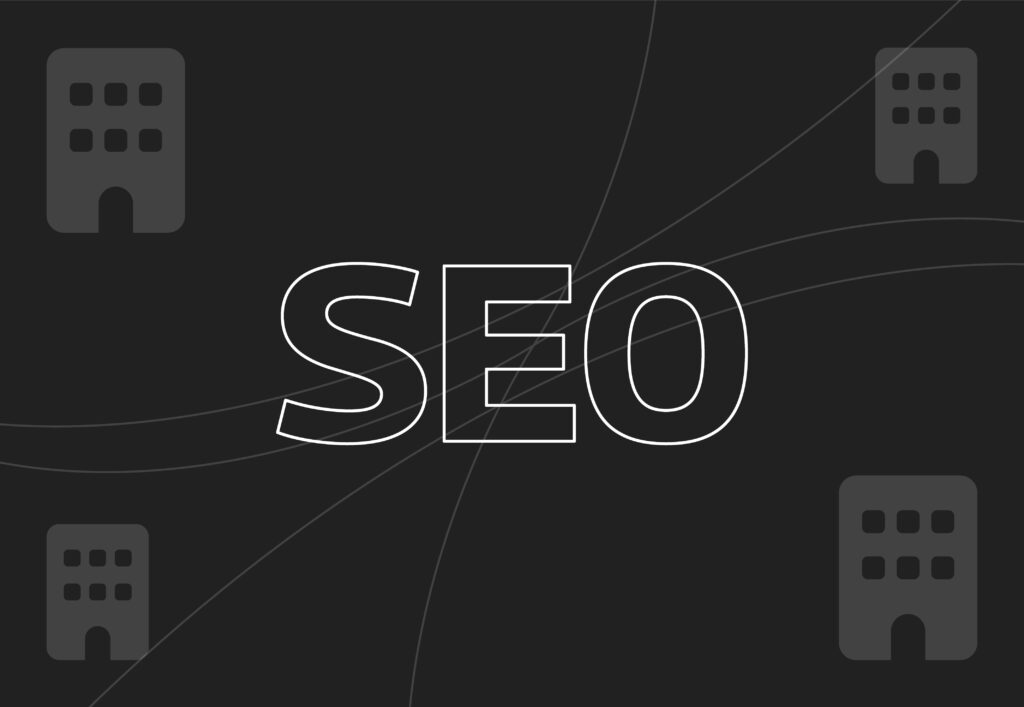
Call tracking attribution and lead gen forms, why it’s helpful

Not all leads are equal in the world of business, which is why thorough call tracking attribution and lead gen forms are two of the most potent tools in a PPC marketer’s armoury. By implementing these two things on your website, and throughout your paid campaigns you can cut out the leads that aren’t going to generate any sales activity and instead focus your time on those that are genuinely interested in purchasing your goods and services. We all know that leads are the bread and butter for marketing and sales. Nurturing quality leads can turn into sources of revenue and profit and ultimately scale your business.
However, the key here is ‘quality’, not all leads will hold value, and that is why businesses need to invest in resources that can help identify what leads need more attention. Lead tracking helps with this process because it sheds light on what leads have the highest value. It’s vital that marketers understand how the lead tracking process works and invest in software to enhance this whole process to ensure you’re receiving a greater return on investment.
By doing this, as we’ll detail, you can gain a better picture of which parties are interested in your products and which are just casually browsing and don’t have the intent to buy. At Embryo, our multi-award-winning PPC team use lead capture forms and call tracking for our clients to ensure the leads they receive are warm and ready to be sold. If you’re frustrated with the quality of leads coming into your business, then be sure to get in touch to discuss call tracking and lead gen tools.
In the meantime though, let’s take a look at lead capture forms and call tracking attribution which is both two extremely powerful tracking tools.
What are lead capture forms?

A lead capture form is vital for a business to capture interest in its product/service and is an important part of the sales funnel. A lead is generated when a person provides contact details in exchange for an offer. Once a visitor provides the information and completes the form, they can access your offering. It is common when promoting downloadable ebooks, webinars, case studies and research reports.
Best practices for lead capture forms
The first thing to consider is positioning. Lead forms should immediately attract visitors and be easy to find in order to capture leads. It is recommended to always place your form above the fold as this means the form is prevalent and easy to spot without scrolling.
Secondly, it’s important to determine the length of your lead form, there are no right or wrong answers here, it all depends on context. There are benefits to having both a longer and shorter lead form, however, regardless of the length it’s best practice to only ask essential questions that help qualify your leads. Shorter forms have been shown to generate a higher percentage of leads as they can be filled in quickly. However, the downfall to this can be that short forms vary widely in quality.
Longer forms require more information which could deter visitors from filling it in; however, they are more likely to have a higher purchasing intent. Therefore, although they may generate few leads they will be of better quality.
An essential thing to keep in mind when building lead gen forms is, in a world of GDPR, to not neglect the privacy of your users! As lead forms include personal information it’s vital that there isn’t a data breach. Therefore, to cover your back you may want to add a privacy policy to your lead capture form. This will also put visitors at ease that are questioning sharing their information.
Once the user has taken the time to input their details and submit the form, it’s nice to acknowledge that they’ve received it. Responding to a lead instantly helps build an instant relationship and can help your forms convert at a much higher rate. Many platforms such as WordPress send automatic emails once someone submits a form which allows you to stay on top of leads.
Lead capture forms allow businesses to move leads along the sales funnel in a non-aggressive manner. They allow visitors to openly consent to give their information in exchange for content, therefore they are likely interested in what your company has to offer. By holding this information, you can begin a conversation that could ultimately lead to a sale.
What is call tracking?
![]()
Call tracking attribution allows you to [track calls by tying phone numbers to data from an ad source, such as keywords, sessions or campaigns](https://www.twilio.com/docs/glossary/what-is-call-attribution#:~:text=Call Attribution is a way,return on investment (RoI).). Collecting this data helps understand what happens online and offline, which drives better quality conversions. Marketers can tie phone leads back to the source and provide accurate measurements for marketing ROI.
For any business where a call is classed as a conversion point, you should have call tracking set up. It allows you to analyse and report on the success of marketing campaigns, based on the number of phone calls received and the revenue associated with these calls. It adds value to all aspects of digital marketing and gives insight into the customer’s journey and how they’re converting.
Here are three primary types of call attributions:
Campaign-level
This call attribution type is pretty self-explanatory and links a single campaign with a call.
-
Pros:
- Quick set-up – all you have to do is assign a tracking number to a campaign and you can identify which campaign that call came from.
- Easy to measure – as you’re using individual campaigns it’s easy to attribute the calls.
-
Cons:
- Lacks insight into customer journey – you can only see when someone has called the number and not their journey on your website or social media.
- Lacks granular data – You can only see what campaign the call was from and not granular details like from which keyword, location etc.
Session-level
With this call attribution type, you can see granular details of the customer journey as it allows you to see all touchpoints that led to that call. You can link a call to the campaign, search keywords and landing page. Therefore, it helps understand how web visitors are interacting and what is influencing their call behaviour.
-
Pros:
- Granular data – you can link the call back to granular attribution data such as keywords, landing page etc.
- Customised Parameters – by customising the parameters you want to capture you can customise the caller experience.
- More insight into customer journey – as this call attribution is more granular you can see how visitors interact within a single session with your website, campaigns etc before converting.
-
Cons:
- Customer engagement outside of that single-user session isn’t captured.
Visitor-level
This is the most advanced call attribution as it captures everything throughout the entire engagement. You are able to see the visibility of the entire customer journey as it accounts for all touchpoints but also gives insight into your remarketing strategies.
-
Pros:
- Insight into granular details – you’re able to see the entire customer journey and each touchpoint that influenced the lead.
-
Cons:
- Integration – it does require integration to your analytics platform in order to capture the full picture of the customer journey. Therefore, it’s best for companies that already use types of marketing automation or CRM systems.
Call tracking is extremely beneficial for any business that uses phone numbers to rely on sales and appointments. It allows you to make better-informed decisions for your business including how your sales team performs. It offers key insights into how many calls your ads are driving and what type of calls they are.
Interested in call tracking attribution and lead gen forms?
Overall, call tracking attribution and lead capture forms for lead generation campaigns can create an extremely powerful tracking system for businesses. If you weren’t able to identify your customer’s journey, how would you evaluate and optimise your marketing campaigns? It not only gives your visitors the option to choose how they would like to contact your business but combined you’ll be able to measure which campaigns and conversion actions are getting better results.
Our PPC department frequently combines both tracking tools to ensure we can maximise on our clients ROI and make informed decisions based on the lead results. If you’d like to learn more about how Embryo can benefit your business, why not get in touch with our sales team? You can call us on 0161 327 2635 or drop us an email at info@embryo.com.


